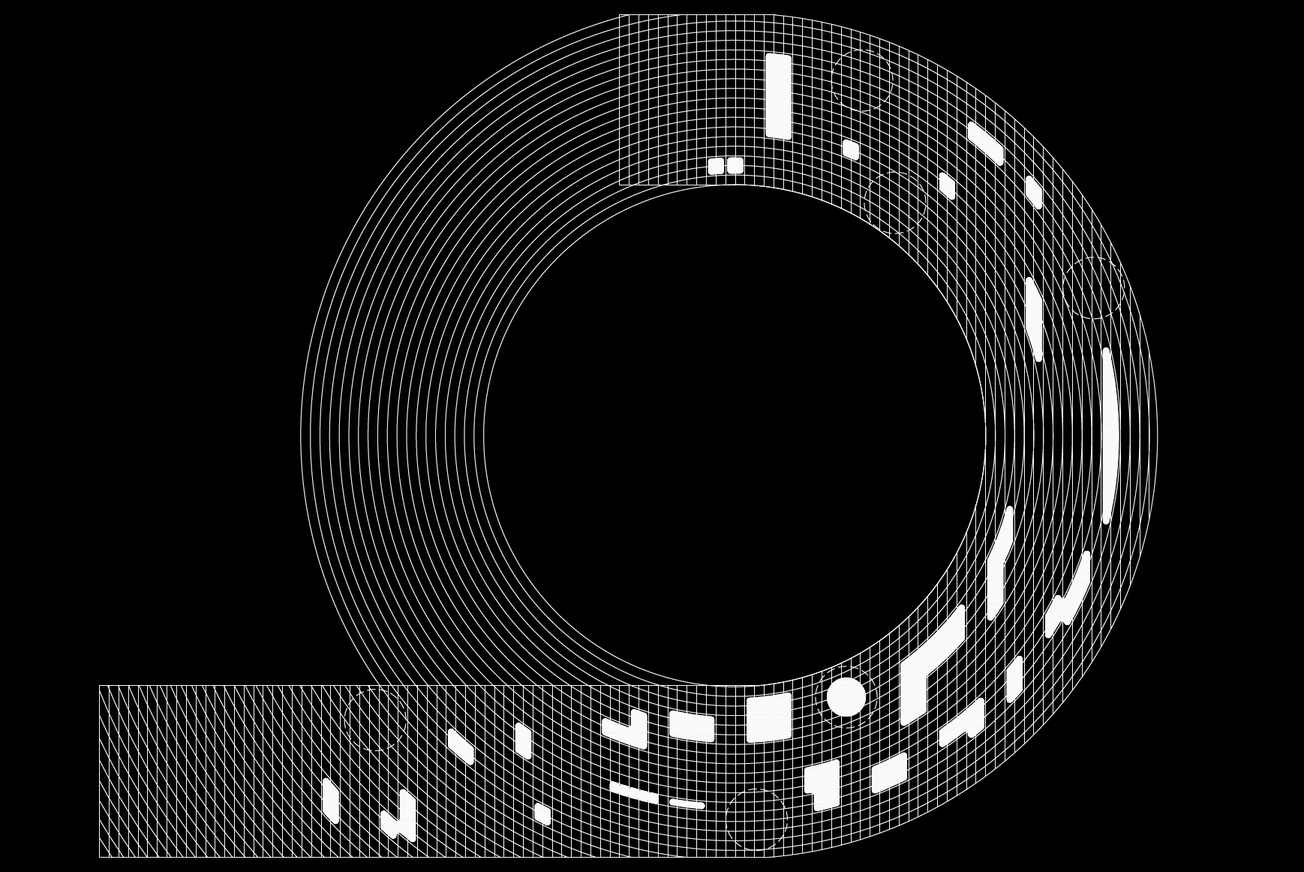Social media platforms increasingly shape what creators, brands, and everyday users see—but mounting criticism suggests the real issue is not individual algorithms, but the structures that drive them.
On TikTok, users report sudden drops in visibility linked to opaque recommendation shifts. Instagram’s algorithmic feed continues to privilege video over still images, frustrating photographers and visual artists. Meanwhile, X (formerly Twitter) amplifies content through engagement metrics that reward outrage and virality over nuance. These are not isolated glitches. They reflect systems built to maximize retention and ad revenue, often at the expense of diversity, accuracy, and creative equity.
According to media scholar Tarleton Gillespie, debates about “fixing the algorithm” often miss the larger point: platform design is shaped by economic and institutional incentives, not just code. A 2024 Harvard policy report on platform accountability echoed this, noting that policy discussions too often focus on technical adjustments while overlooking the structural realities of business models optimized for engagement.
For designers and artists, this dynamic has cultural stakes. Creative work is filtered through systems that reward certain formats, aesthetics, and pacing. The result is a narrowed field of visibility, privileging content engineered for engagement rather than experimentation.
Alternative models—such as decentralized social networks—are gaining traction, but for now, the cultural logic of social media remains defined by systems designed to keep us scrolling, not necessarily to surface what matters





